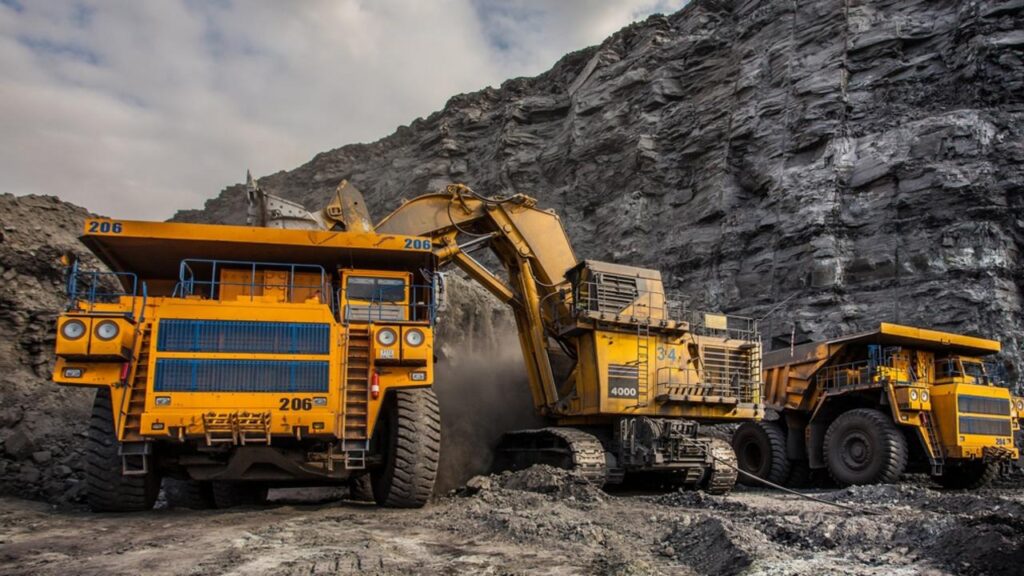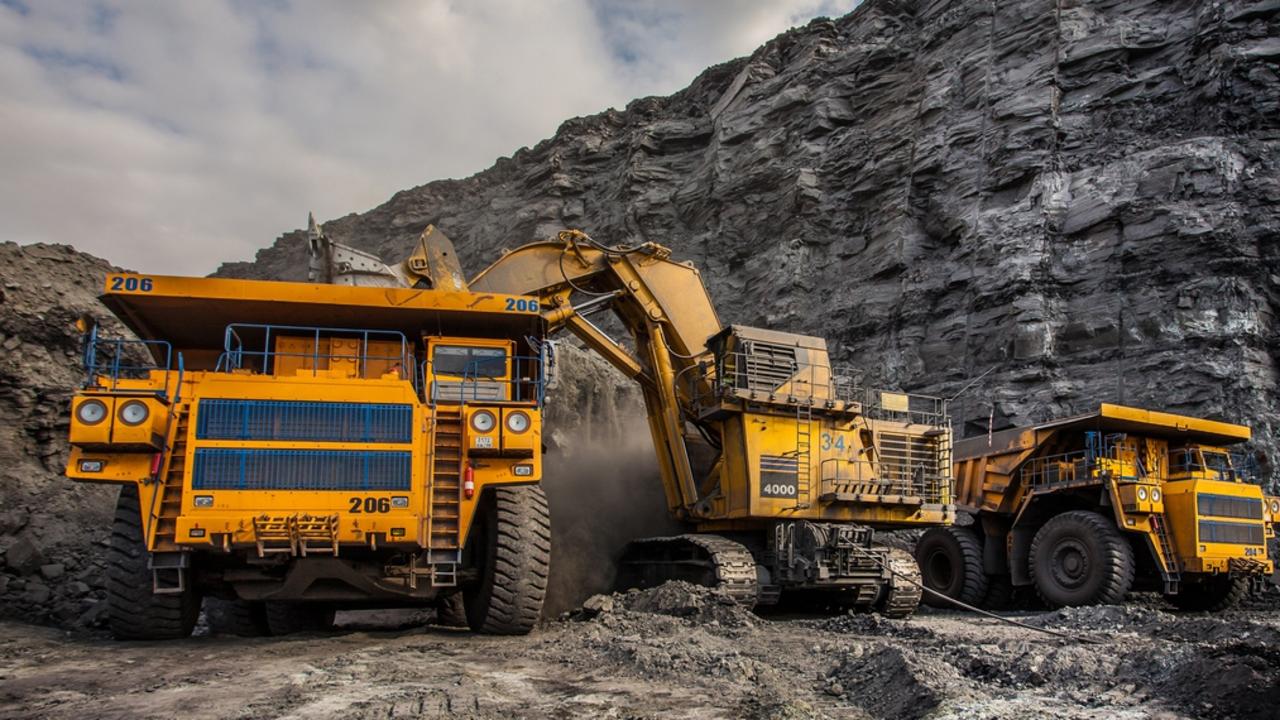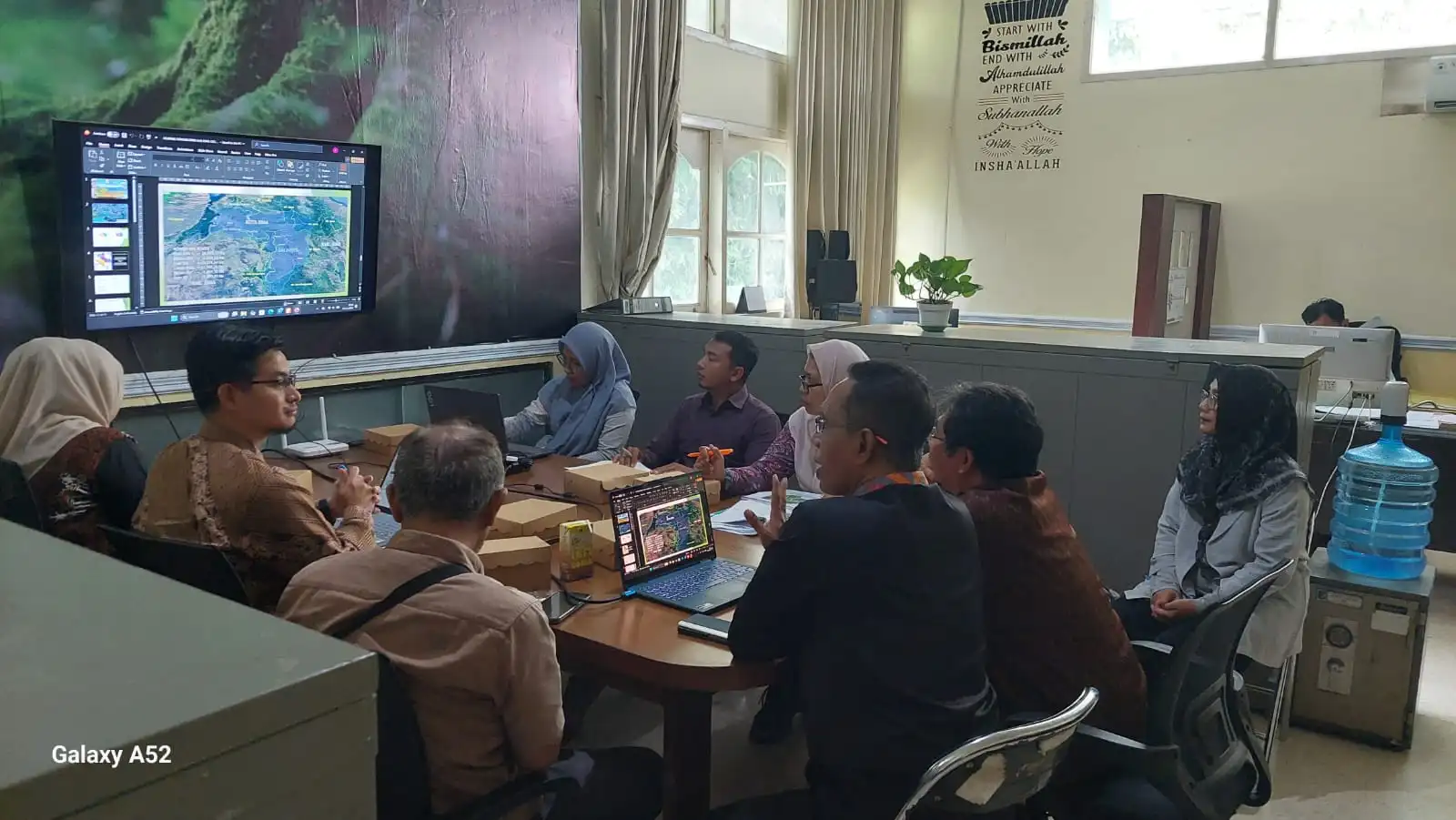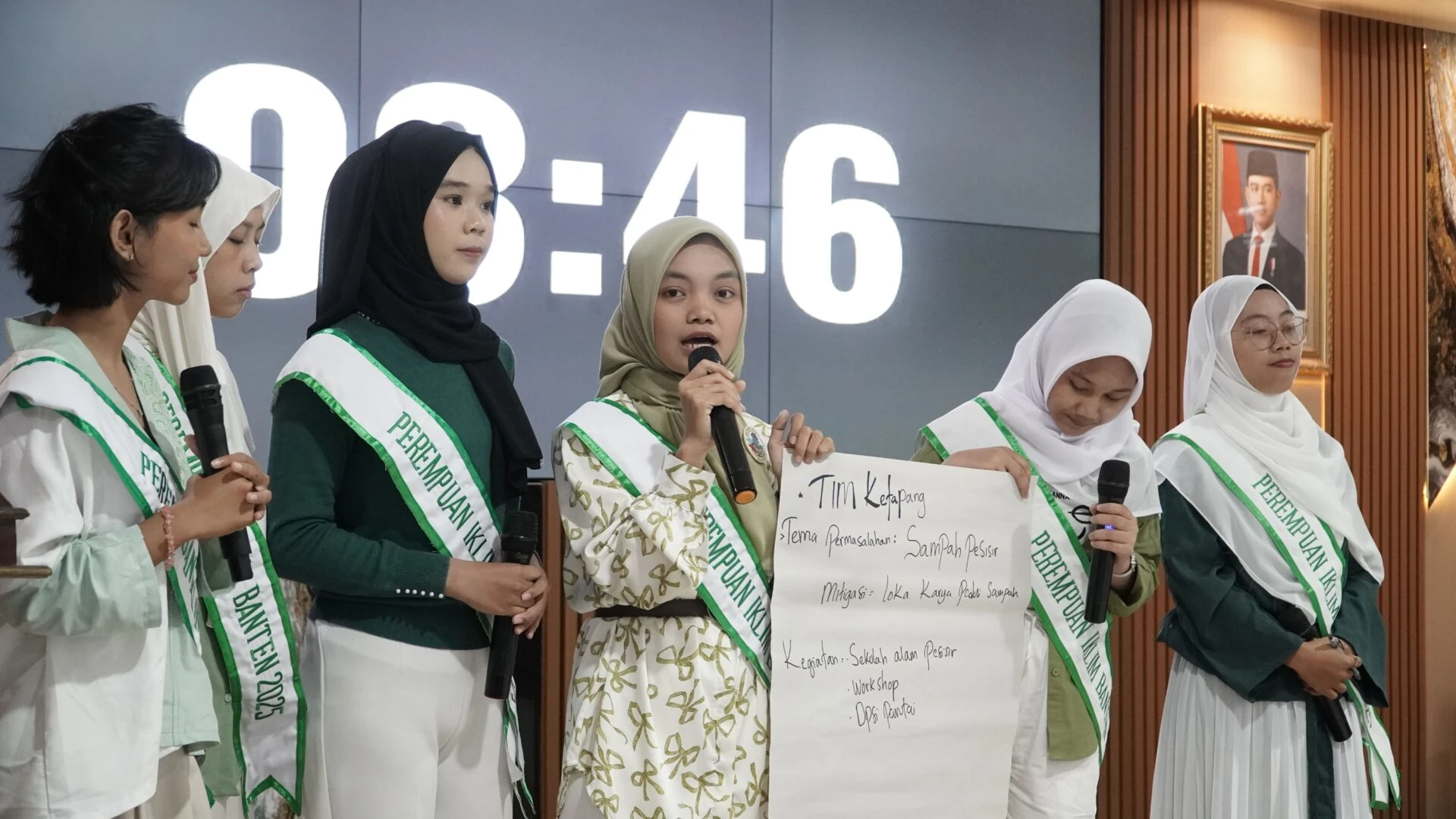
By: Robert Endi Jaweng, Jakarta | Opinion | Tue, March 11 2014
London-listed Churchill Mining Plc Corp. has brought its mining dispute with the Indonesian government before the Washington-based International Centre for Settlement of Investment Disputes (ICSID), demanding over US$1 billion in compensation for losses caused by the revocation of its mining permits by the East Kutai district administration in East Kalimantan.
The government seems optimistic it will win that case because Churchill is not registered with the Investment Coordinating Board (BKPM) and does not hold an operation permit as the owner of a mining business in Indonesia.
While waiting for the arbitration proceedings, the case presents another dimension in the context of our regional-autonomy management. Distribution of power through the 2001 decentralization policy does not only have an impact on the relationship between the central government and local administrations, but also on the business sector in relation with political risk and uncertainties in investment regulations.
The bill on the revision of Law No. 32/2004 on regional autonomy, currently being deliberated at the House of Representatives, should be the impetus for improvement of the policy framework, i.e. guaranteeing clarity on distribution of power and responsibilities between government entities as well as business certainty in the regions.
It should be admitted that, compared with other sectors, decentralization in the mining sector (outside oil and gas) is very drastic. In this extractive sector, provincial and district administrations are authorized to issue mining rights (KP) and mining business permits (IUP), as stipulated in Law No. 4/2009 on mining.
The fundamental change from the system of contract work to licensing regime vests with regional administrations with great power over the investors, domestic and foreign.
Based on the impact of the Constitutional Court’s decision on the judicial review conveyed by East Kutai Regent Isran Noor in late 2012, the authority to determine mining areas (WP), mining business areas (WUP), coverage areas and boundaries of IUP areas, which was formerly held by the central government, is in the hands of the regional administrations.
Such decentralized construction has a positive impact. Regional administrations have more power over investors and more authority in managing local resources. It is expected that the process in licensing can be managed more effectively since the span of control of the authority holder on business locations is reduced. Furthermore, the real benefit resulting from the management of such strategic natural resources is clearer now and can be directly enjoyed by the local people.
However, at the policy level, such free-wheeling decentralization has a serious problem that affects its implementation.
First, the change in the way authorities are distributed between the central and regional governments, which was formerly based on the type or category of extracted minerals and is now based on the size of the mining concessions, has not yet guaranteed efficiency or accountability of the regional administrations.
Second, such a model results in unclear authority of the central government over foreign investment since the authority level is based on the area of operation. Regional administrations assume the role as the party to deal with foreign investors, to cross borders, and as the state’s representative to negotiate with third party (foreign corporations).
This construction is even more problematic due to the weak control of the central government. A balance of role could have occurred if the central government retains the power to determine mining area. The local administration may only issue IUP on the basis of the mining area determined by the central government. It is now more difficult for the central government to exercise control because all the processes, from determining WP phase until issuance of IUP are held and controlled by regional administrations.
Third, the more serious problems occur within the domain of provincial authority. The distribution model of business licensing authority based on the area of the mining concession has resulted in some cheating in the field: The concession of the holder of a mining permit, which transcends districts or regencies, is intentionally divided and localized under the jurisdiction of several district administrations so that, therefore, the business or mining permits become the responsibility at the regency level.
It is not surprising that conflicts have occurred between provincial governors who assume a mining area transcends several districts and district chiefs or regents who intentionally divides a larger mining area into several, yet smaller mining concessions so that each concession is located within a single district or regency.
At the field level, a crucial problem related to the quality of governance has added complexity to the sector. There is a wide gap between the great administrative authority and the institutional capacity and integrity. Good mining practices become an exception rather than the rule. There is no good management; rather, it is a mismanagement: Of 10,556 mining permits that have been issued by local administrations, 5,940 permits are yet to be verified. Bad practices causing environmental damage, misconduct of decentralization power and corruption have become quite rampant.
To address these problems, the licensing authority for the mining business should be transferred from regency/district administrations to provincial administrations, Law No. 32/2004 on the local autonomy should be amended, the institutional capacity of regional administrations should be improved and the central government should have a wider, more effective control of regional administrations.
This is even more important and urgent now since the authority to determine mining area and to issue IUP now is held by regional administrations.





